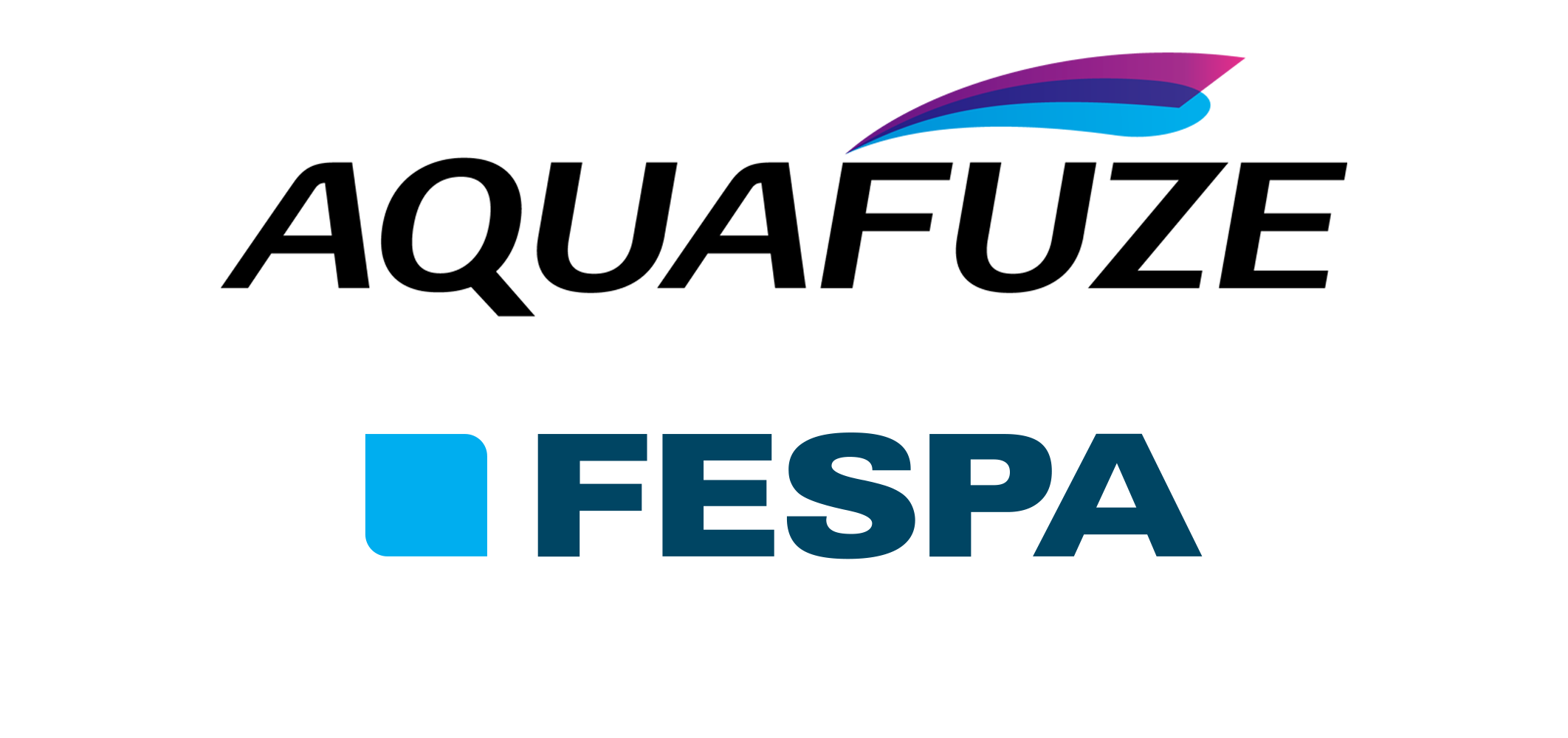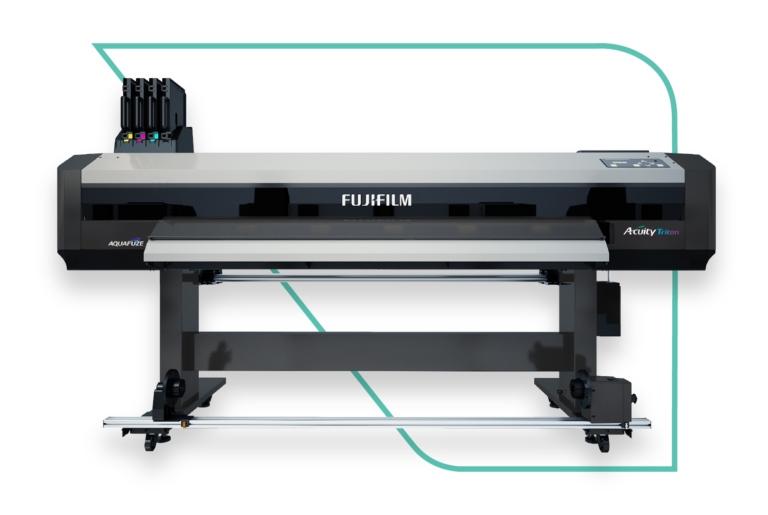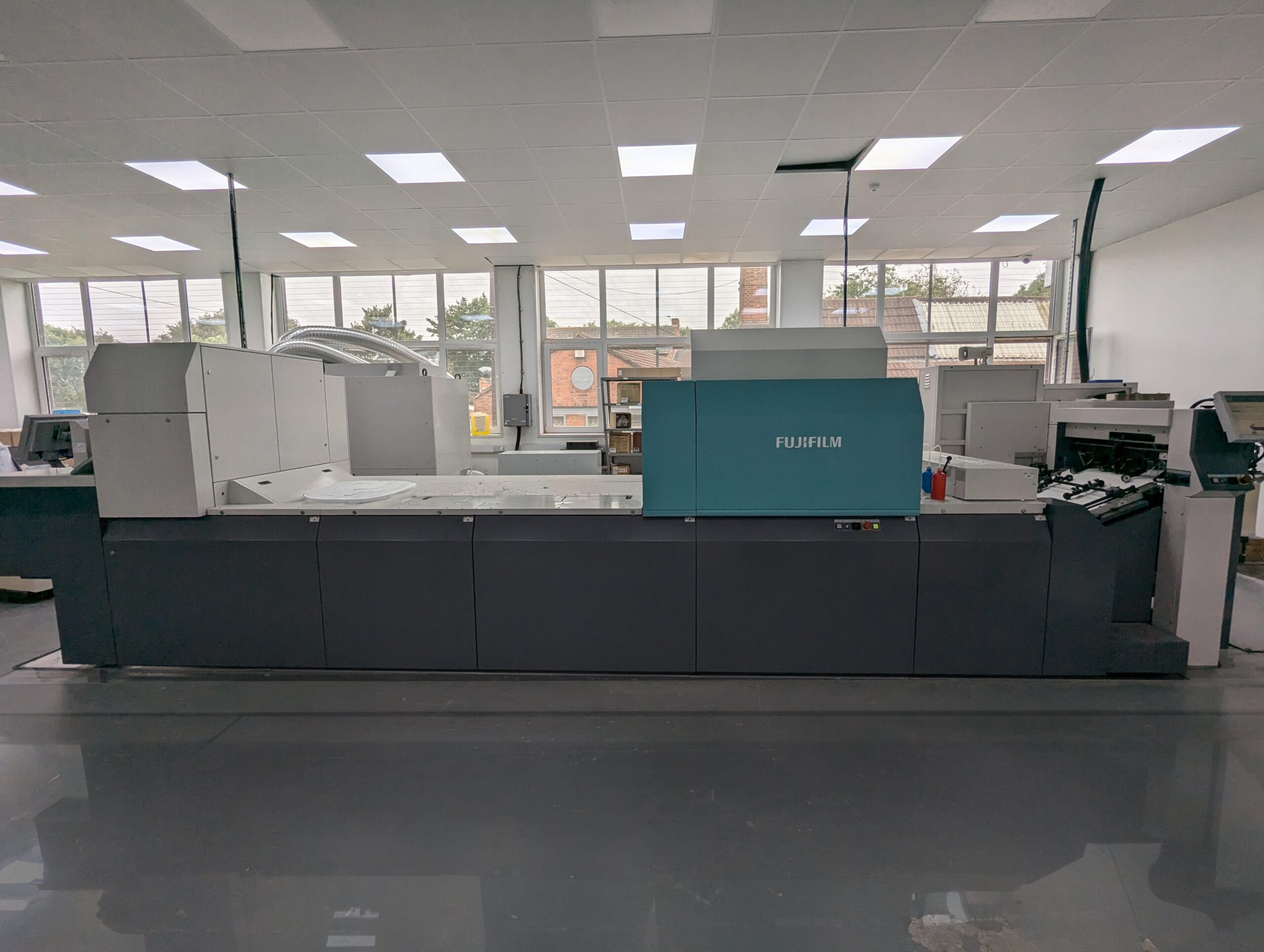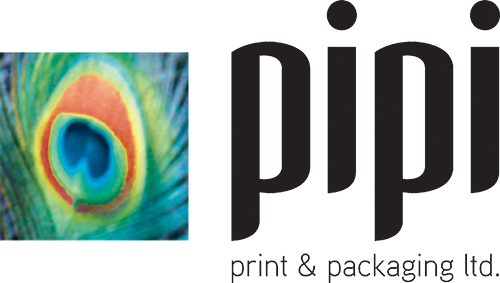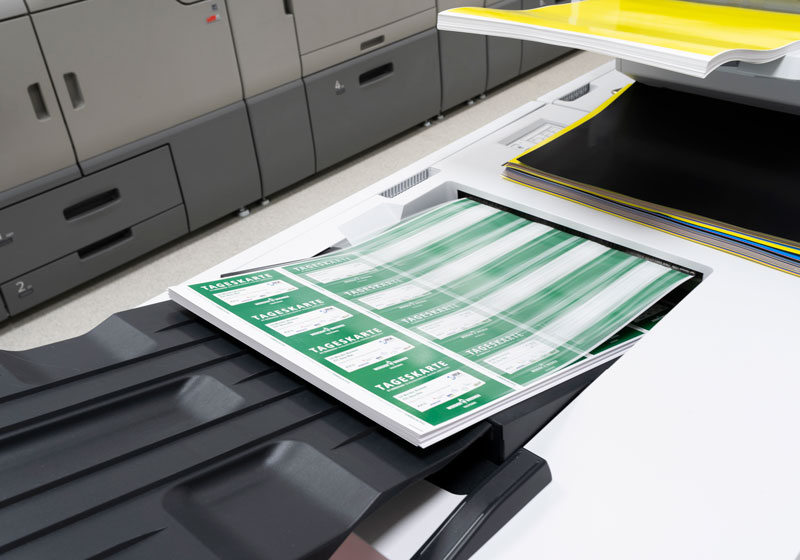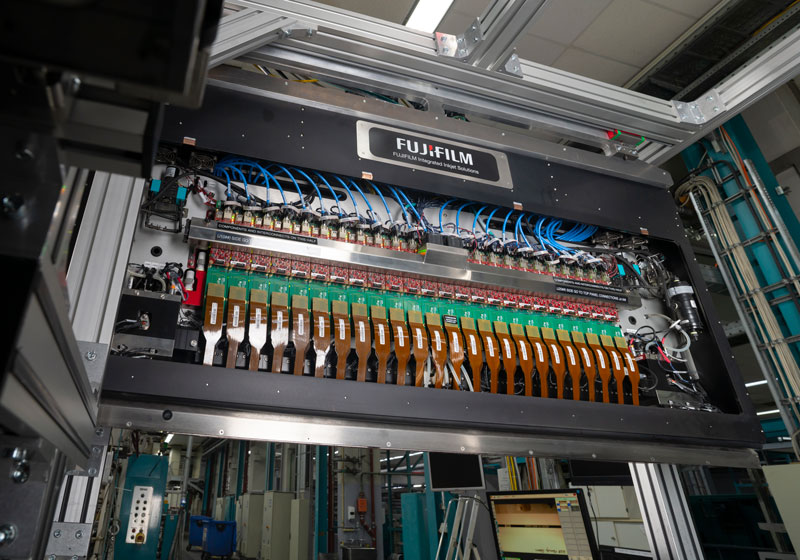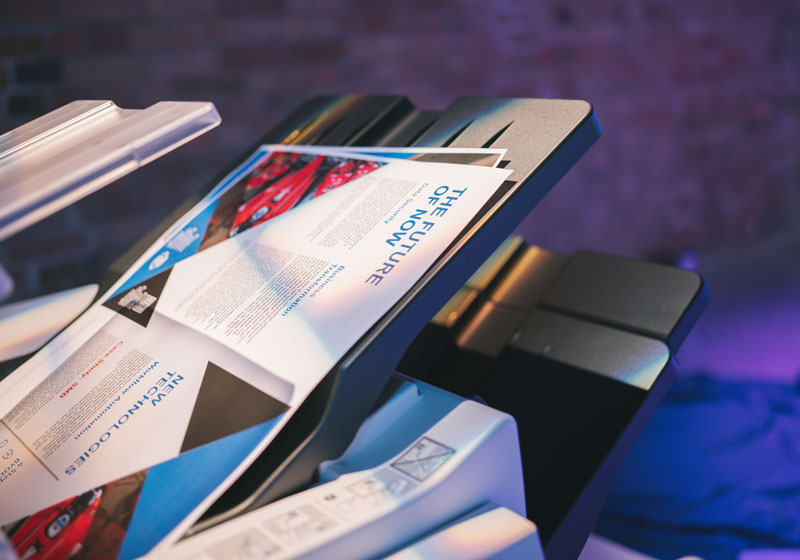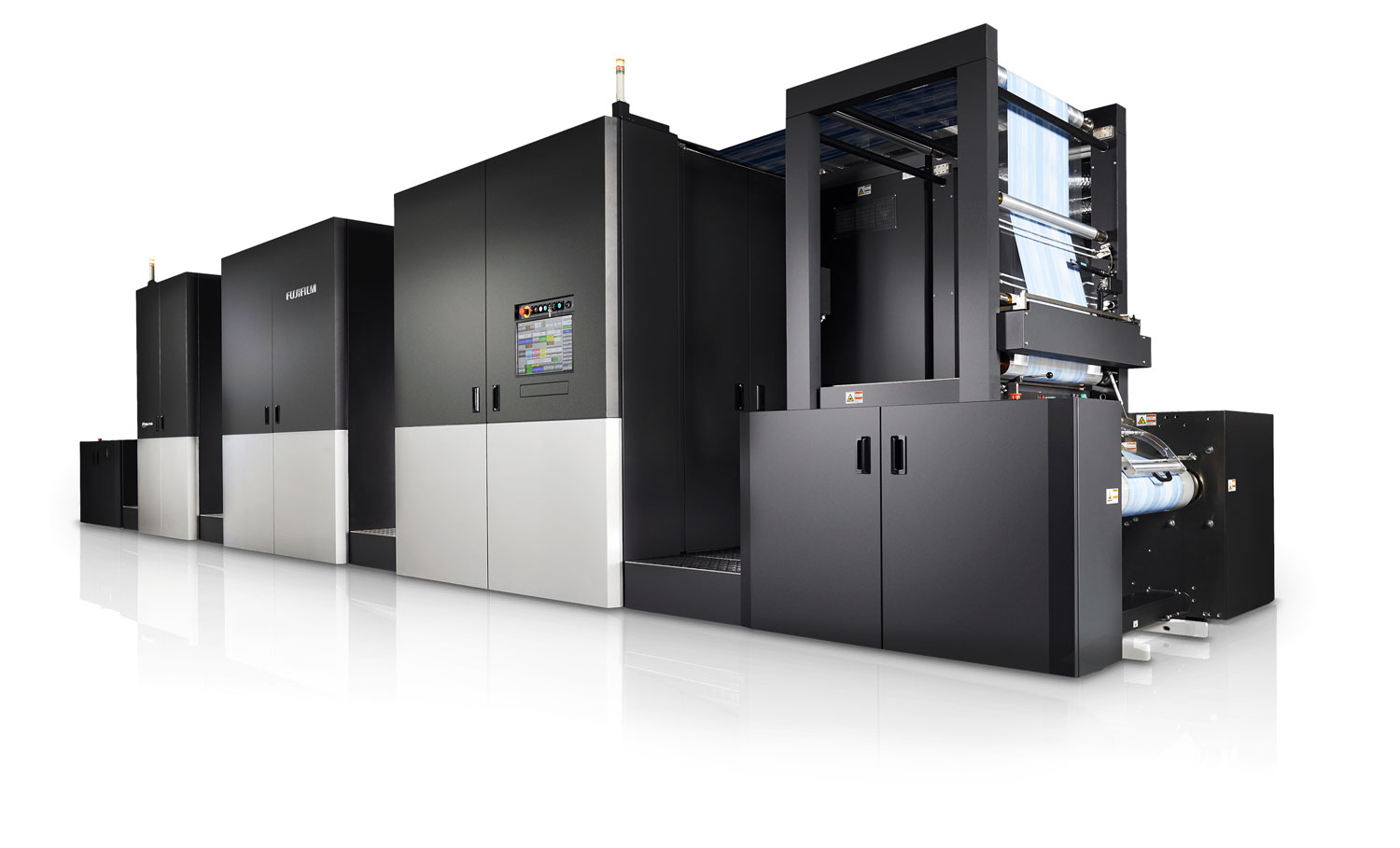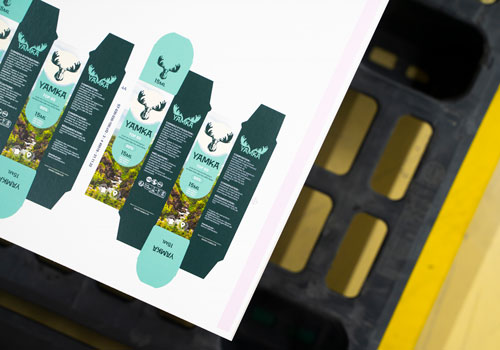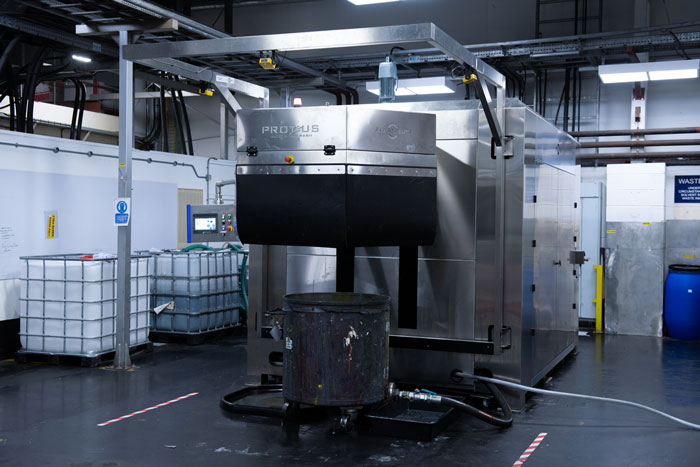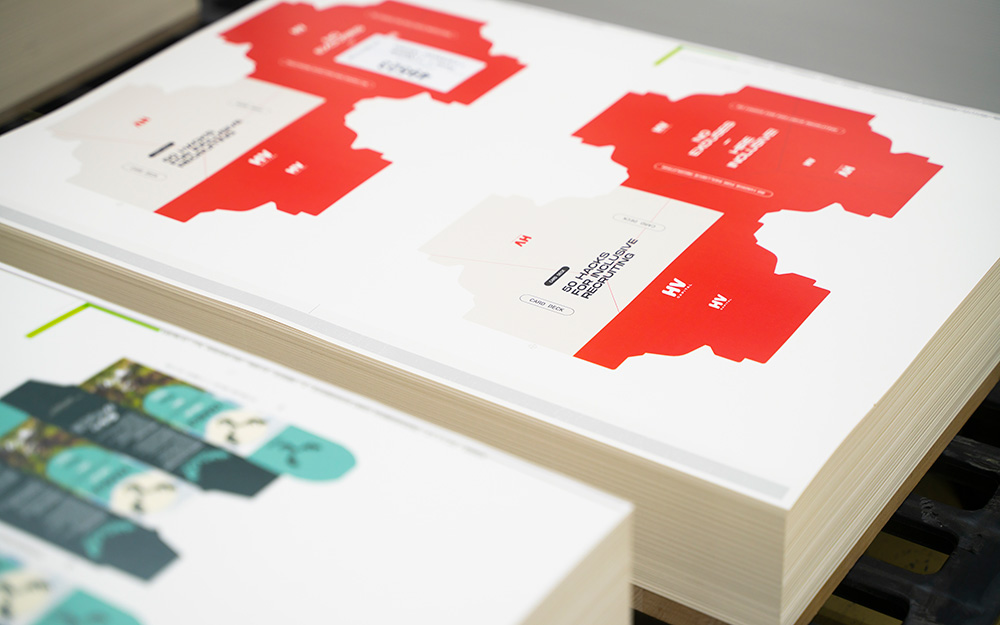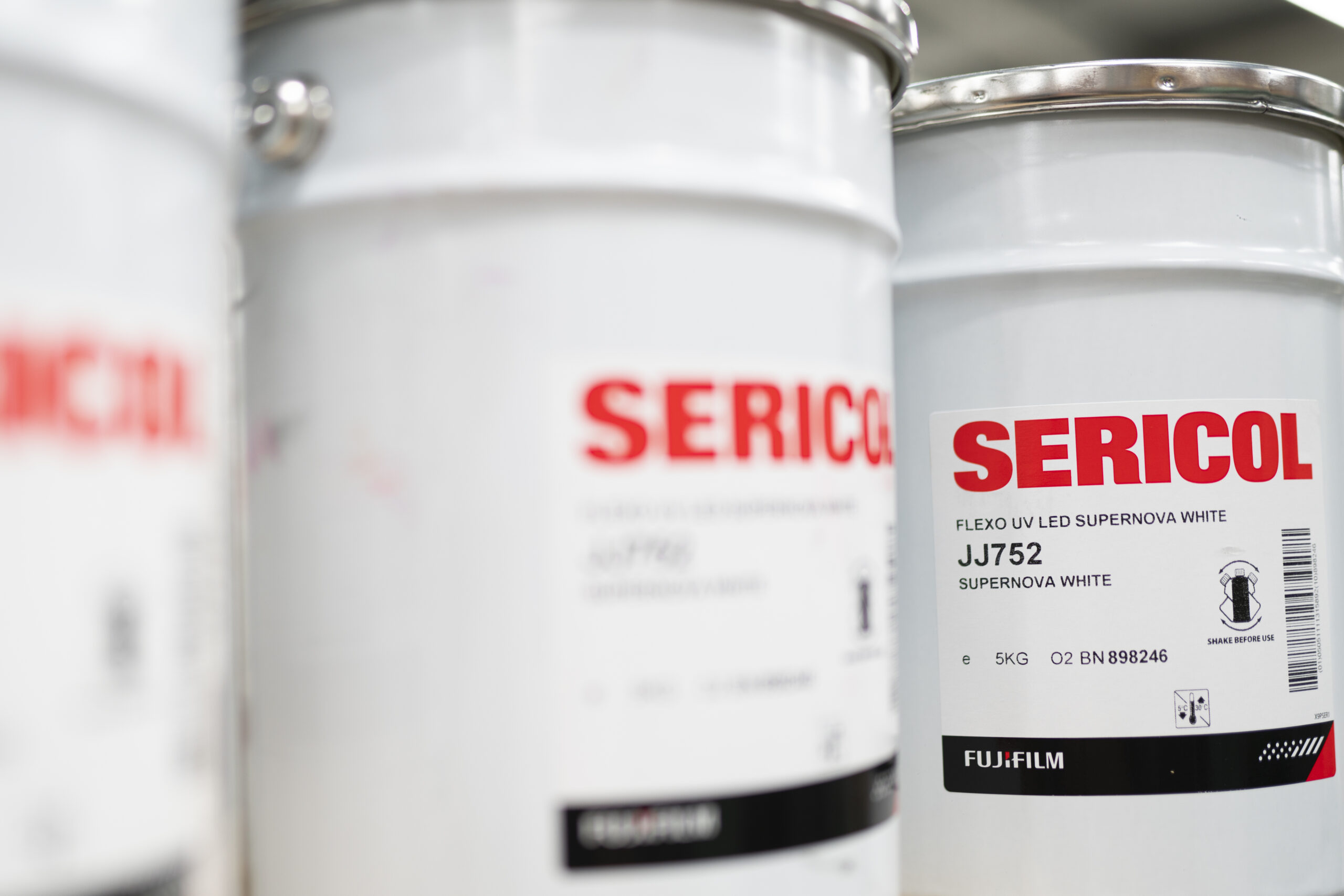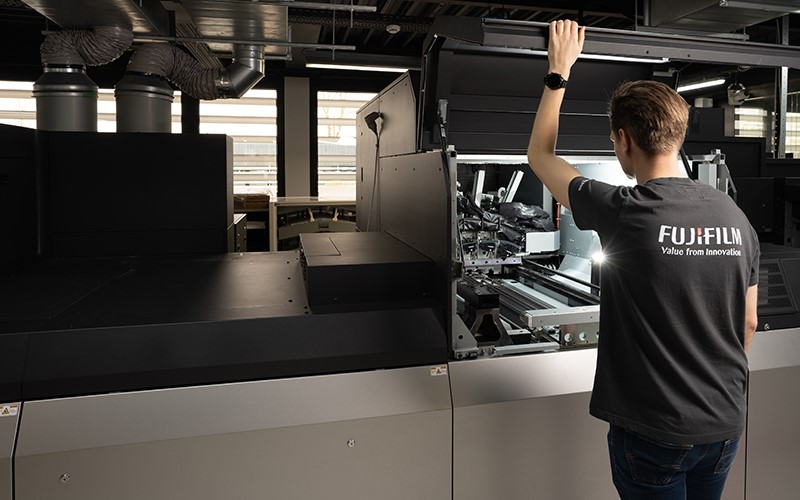Inkoustový tiskový stroj s nepřetržitým podáváním Fujifilm Jet Press 1160 je na evropském trhu relativní novinkou. V asijsko-pacifickém regionu a Japonsku je ale uznávanou jedničkou na trhu – proběhlo zde již více než 200 instalací stroje. Grzegorz Szymanko, který je evropským marketingovým vedoucím pro komerční tisk ve společnosti Fujifilm, v tomto článku vysvětluje důvody jeho úspěchu.
Přečíst článek
Čas na čtení: 7 minut
Spolehlivá technologie a dědictví společnosti
Tento model je jedním z nejprodávanějších vysokorychlostních inkoustových tiskových strojů v asijsko-pacifickém regionu. Skutečnost, že se stal jasným lídrem ve své třídě na tak rozmanitém a konkurenčním trhu, není náhodná. Vedoucí postavení na trhu si získal nejen díky inovacím, ale i díky dlouhodobému renomé spolehlivosti a hlubokému porozumění místním tiskovým potřebám. Úspěch modelu zajistilo i zahrnutí řady funkcí, které byly pečlivě navrženy pro uspokojení specifických tržních požadavků.
Tiskový stroj Jet Press 1160CF úspěšně splnil požadavky pro tisk vzdělávacích knih, propagačních materiálů (direct mail), transakčního tisku a méně náročných komerčních aplikací, tištěných primárně na nepotahovaný a matný potahovaný papír.
Společnost Fujifilm disponuje na rozdíl od mnoha svých konkurentů obsáhlými zkušenostmi v ofsetovém tisku, počínaje inkousty a konče tiskovými deskami. Díky tomu je společnost již mnohá desetiletí spolehlivým partnerem komerčních tiskařů v asijsko-pacifickém regionu. Tento uznávaný odkaz je velice důležitý, a to obzvláště v odvětví, ve kterém spolehlivost přímo ovlivňuje spokojenost zákazníků a kontinuitu podnikání.
Dědictví ale samo o sobě vedoucí postavení na trhu nezajistí. Stroj Jet Press 1160CF vyniká tím, že splňuje nejen požadavek vysoké kvality, ale i požadavek vysoké produktivity. Tato schopnost je důležitá zejména kvůli klesajícímu objemu ofsetového tisku a zkrácení dodacích lhůt. Pro mnoho komerčních tiskařů se tradiční ofsetový tisk stal zkrátka méně ziskovým. Výsledkem je rostoucí přechod k digitálnímu tisku. Inkoustové tiskové stroje s nepřetržitým podáváním, jako je model Jet Press 1160CF, se ukázaly být ideální volbou pro tiskaře hledající vysoký výkon ofsetového tisku, aniž by museli obětovat vizuální kvalitu nebo spokojenost svých klientů.
Zejména díky schopnosti zachování špičkové kvality při vysoké rychlosti tisku na široké škále podkladů se stroj Jet Press 1160CF stal v asijsko-pacifickém komerčním sektoru přitažlivou alternativou k ofsetovým tiskárnám. V mnoha případech pomohl tento tiskový stroj tiskařům s jistotou přesunout zakázky s malým nebo středním nákladem z ofsetového stroje na digitální. A díky tomu jim umožnil splnit zákaznická očekávání ohledně rychlosti, flexibility a udržitelnosti, která se neustále vyvíjejí.
Model Jet Press 1160CF také nabídl atraktivní možnost přechodu pro uživatele inkoustových strojů starší generace, kteří hledali menší rozměry, nižší spotřebu energie a inkoustu na nepotahovaný a matný potahovaný papír.
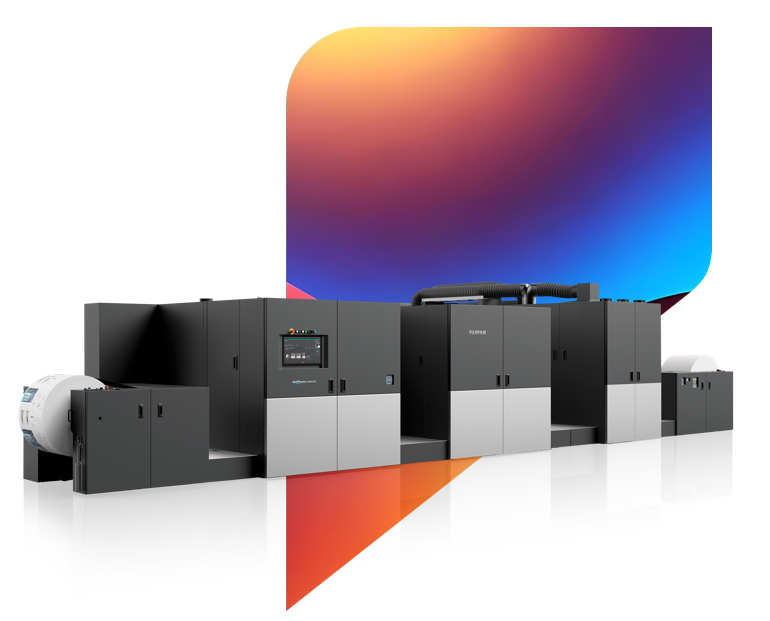
Snaha o udržitelnější tisk
Udržitelnost se ukázala jako jedna z dalších silných stránek modelu Jet Press 1160CF. Digitální technologie, jako je tato, přirozeně postrádají nedostatky ofsetového tisku: počínaje výrobou tiskových desek, přes používání chemikálií až po plýtvání papírem, spojených se zdlouhavou předtiskovou přípravou. Úlohy s malým nákladem a tisk na vyžádání navíc podporují nové, efektivnější podnikatelské modely. Minimalizují totiž odpad a snižují množství neprodaných nebo nadbytečných zásob. Všechny tyto výhody by se do roku 2032 měly stát hlavními rozhodujícími faktory při nákupu (viz studie zabývající se budoucností digitálního tisku The Future of Digital Printing to 2032, tabulka E1, kterou vypracovala společnost Smithers). Tiskový stroj Jet Press 1160CF se ukázal jako skvělá volba, i co se týče cílů udržitelnosti, které si stanovili přední komerční tiskaři na asijsko-pacifickém trhu.
Podpora růstu podnikání
Jako jeden ze skvělých příkladů toho, jak model Jet Press 1160CF pomáhá poskytovatelům tiskových služeb v růstu jejich podnikání, slouží korejská společnost Twin Bell Media. Ta instalovala dva inkoustové tiskové stroje Jet Press 1160CF pro tisk různých aplikací pro univerzity, vzdělávací instituce, veřejné organizace a vydavatele, a to na nepotahovaný a matný potahovaný papír.
„Naše výrobní kapacita je tím, co nás odlišuje od konkurence. Tuto technologii nám umožnila zavést v květnu 2024, což vedlo ke zdvojnásobení objemu objednávek,“ uvádí Yoo Yong-ho, generální ředitel společnosti Twin Bell Media. I on si je vědom role technologického pokroku při zvyšování efektivnosti a ziskovosti podniku. „Předchozí model tiskl rychlostí 80 000 str./h, model Jet Press 11060CF však dosahuje rychlosti až cca 165 000 str./h. Rychlost tisku tedy téměř zdvojnásobila naši kapacitu a umožnila nám výrazně snížit náklady a mzdové výdaje,“ pokračuje Yong-ho.
Flexibilita pro různé aplikační potřeby
Ačkoliv byl model Jet Press 1160CF primárně vyvinut s ohledem na nepotahovaný a matný potahovaný papír, prokázal svou oblíbenost i u uživatelů z asijsko-pacifického regionu a Japonska, kteří se zaměřují na specifický segment aplikací. Na veletrhu drupa 2024 také společnost Fujifilm uvedla na trh model Jet Press 1160CFG. Nová verze tiskového stroje disponuje vestavěným stabilizátorem papíru. Ten zajišťuje ještě lepší kvalitu obrazu na širší škále médií: od nepotahovaného papíru, přes papír ošetřený inkoustem až po ofsetový potahovaný papír (a také lesklý potahovaný papír).
Řada Jet Press 1160 tedy přináší výsledky v obou oblastech. Díky hybridnímu pigmentovanému inkoustu na bázi vody nyní oba dva tiskové stroje zvládají ještě širší škálu médií a poskytují tiskovou kvalitu na úrovni ofsetového tisku. Výstupní rychlost je u nepotahovaných médií až 160 m/min a u potahovaných médií až 80 m/min. Rychlost tisku z nich činí atraktivní alternativu pro tisková prostředí, kde jsou produktivita a preciznost naprosto zásadní.
Obsluha stroje může nastavit rychlost tisku v rozmezí mezi 20 až 160 m/min, a to v závislosti na aplikaci nebo podkladu. To pomáhá nejen s kontrolou kvality, ale i s optimalizací nákladů. Stroj také nabízí profilovací nástroje, které umožňují rychlé nastavení médií (v řádech několika minut), což snižuje prostoje a usnadňuje přepínání mezi jednotlivými druhy papíru. Maximální šířka médií činí u těchto dvou nových tiskových strojů 546 mm. Díky tomu jsou ideálními nástroji pro tisk knih, časopisů, katalogů, reklamních materiálů (direct mail), transakčního tisku, propagačních materiálů a dalších.
Další výraznou výhodou řady Jet Press 1160 je tisk pomocí hybridního pigmentového inkoustu na bázi vody. Tento inovativní inkoust byl speciálně vyvinut pro tisk na potahovaný i nepotahovaný ofsetový papír, aniž by bylo nutné aplikovat jakýkoliv podkladový nátěr. Tato jedinečná schopnost zjednodušuje celý tiskový proces – eliminuje potřebu nanášení podkladového nátěru, dále také snižuje spotřebu dodatečných chemikálií a spotřebu energie. Zajišťuje také vynikající fixaci inkoustu a tvarů bodů na problematických podkladech, a to obzvláště v kombinaci s precizní kontrolou vlhkosti papíru, kterou poskytuje stabilizátor papíru vestavěný přímo do stroje Jet Press 1160CFG.
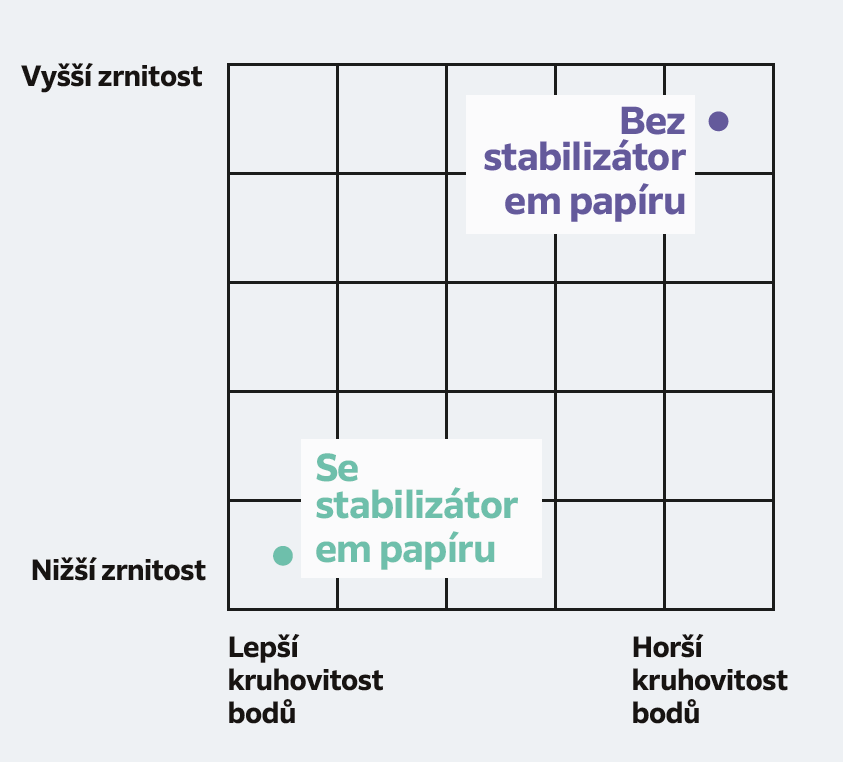
Pohled do budoucnosti
Brzké zavedení těchto strojů v Japonsku, Koreji a Austrálii položilo základ pro vedoucí postavení společnosti Fujifilm v tomto regionu. Firma Fujifilm je v těchto zemích významným hráčem již mnoho let. Proběhlo zde více než 200 instalací inkoustových tiskových strojů s nepřetržitým podáváním. Tiskařské podniky se stále častěji odklánějí od ofsetového tisku a přecházejí k digitálnímu, a to kvůli tlakům na náklady, požadavkům na udržitelnost a rychlost tisku. Díky tomu má řada tiskáren Jet Press 1160 velice dobré předpoklady pro další růst. Tento růst bude v regionu Evropy, Blízkého východu a Afriky z části vycházet z prodejů modelu Jet Press 1160CFG (dostupný nyní) a modelu Jet Press 1160CF (který bude v této oblasti dostupný vrd 3. čtvrtletí roku 2025).
Společnost Fujifilm bude i nadále pokračovat v rozvíjení své hodnotové nabídky inkoustového tisku. Ta je založena na třech pilířích: inkoustovém tisku s nepřetržitým podáváním, inkoustovém archovém tisku a digitálních flexografických řešeních. Tyto pilíře poskytnou společnosti silnou základnu k pokrytí kompletní řady podnikatelských modelů, aplikací a segmentů trhu. Přidání tiskového stroje Jet Press 1160CF do této řady, integrované s množstvím podávacích a dokončovacích řešení a řešení pro pracovní postupy, proto staví společnost Fujifilm v oblasti komerčního inkoustového tisku do pozice lídra.
Proč tedy inkoustové tiskové stroje Fujifilm s nepřetržitým podáváním zaujímají v asijsko-pacifickém regionu vedoucí postavení? Ukazatele jsou zřejmé – silné přijetí, důvěra ve značku a její dědictví, flexibilita použití a konkurenční výhody (co se týče kvality a udržitelnosti) přispěly k tomu, že se z modelu Jet Press 1160CF stala v tomto regionu jasná jednička na trhu.
Evropský trh má svá vlastní úskalí. Společnost Fujifilm však věří, že recept úspěchu, spočívající v kvalitě, všestrannosti a důvěře, obstojí i zde. Firma je pevně přesvědčena o tom, že to, co se osvědčilo v Tokiu a Soulu, bude stejně dobře fungovat i v Berlíně nebo v Barceloně. Koneckonců, jak Szymanko na závěr poznamenává: „Problémy, kterým čelí komerční tiskaři se mohou v jednotlivých regionech mírně lišit. Základní požadavky ale zůstávají stejné: tisknout více, rychleji a s menšími náklady. A mnoha tiskařům v asijsko-pacifickém regionu se tiskový stroj Jet Press 1160CF již osvědčil jako to správné řešení.“
Jet Press 1160
Chcete-li se dozvědět více informací o komerčních tiskových řešeních spol. Fujifilm, napište na uvedenou e-mailovou adresu, anebo ji kontaktujte na níže uvedených webových stránkách.
Objevte více